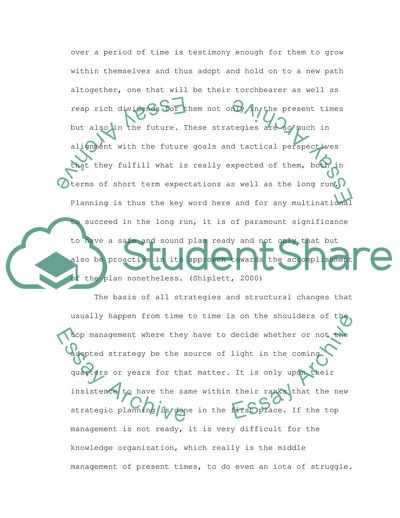Cite this document
(Critically Discuss the Role for Human Resource Management (HRM) in Report, n.d.)
Critically Discuss the Role for Human Resource Management (HRM) in Report. https://studentshare.org/human-resources/1708760-critically-discuss-the-role-for-human-resource-managementhrm-in-managing-organizational-change-successfully
Critically Discuss the Role for Human Resource Management (HRM) in Report. https://studentshare.org/human-resources/1708760-critically-discuss-the-role-for-human-resource-managementhrm-in-managing-organizational-change-successfully
(Critically Discuss the Role for Human Resource Management (HRM) in Report)
Critically Discuss the Role for Human Resource Management (HRM) in Report. https://studentshare.org/human-resources/1708760-critically-discuss-the-role-for-human-resource-managementhrm-in-managing-organizational-change-successfully.
Critically Discuss the Role for Human Resource Management (HRM) in Report. https://studentshare.org/human-resources/1708760-critically-discuss-the-role-for-human-resource-managementhrm-in-managing-organizational-change-successfully.
“Critically Discuss the Role for Human Resource Management (HRM) in Report”. https://studentshare.org/human-resources/1708760-critically-discuss-the-role-for-human-resource-managementhrm-in-managing-organizational-change-successfully.


